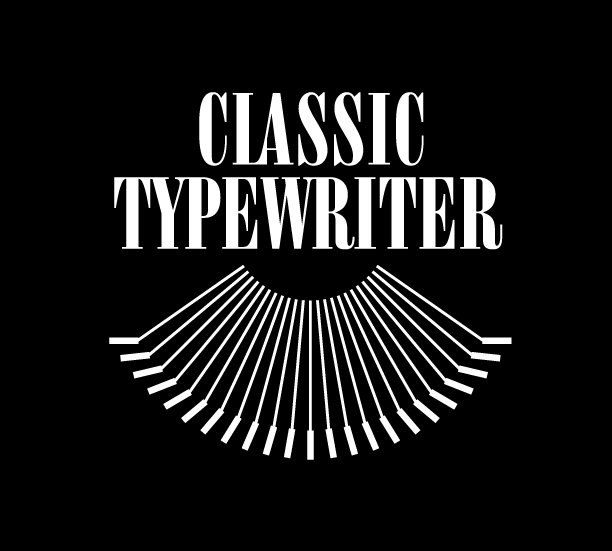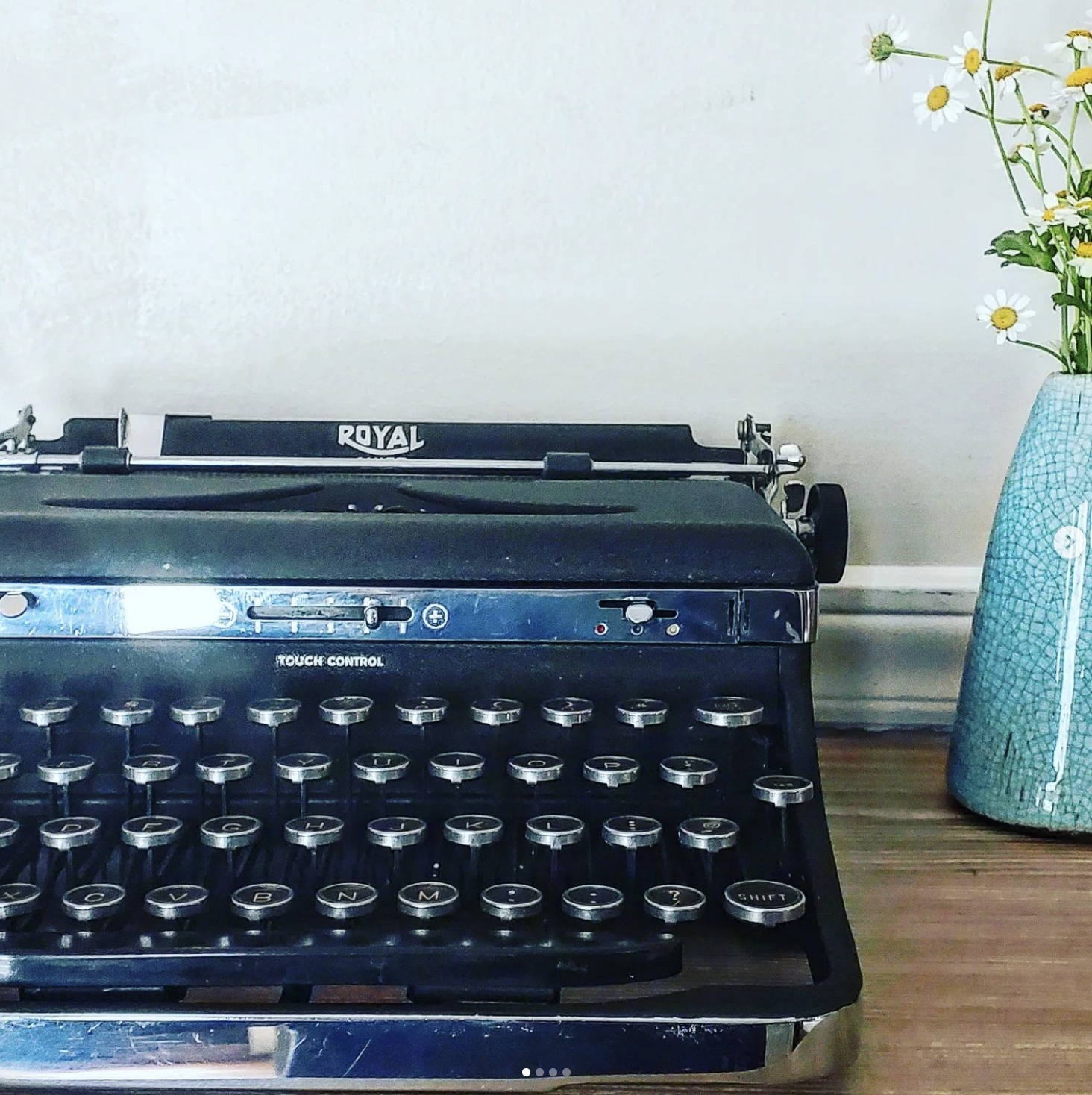Neil Gaiman's Typewriter.
Neil Gaiman, the masterful wordsmith behind works such as American Gods and Coraline, is known for his unique writing rituals. One such ritual, which has garnered quite a bit of attention, is his preference for using a vintage typewriter when crafting his stories.
While Gaiman does use modern technology for some of his writing, he has stated in interviews that he finds the tactile experience of typing on a typewriter to be a more visceral and satisfying process. And who can blame him? There's something almost magical about watching the keys strike the paper, each letter leaving an impression that's both physical and permanent.
But what vintage typewriter does Gaiman prefer? Why, the 1930s Royal, of course! This sleek and elegant machine harkens back to a bygone era, when writers like Hemingway and Fitzgerald were pounding out their masterpieces on similar instruments.
Gaiman has spoken about the appeal of the Royal typewriter, saying, "There's something about the solidity of it, the weight of it, the fact that it was made to last. And the sound it makes – it's almost musical. It has its own rhythm and its own voice."
Indeed, anyone who's ever used a typewriter knows that the sound of the keys striking the paper is a sound unlike any other. It's a symphony of clicks and snaps, a percussion section that brings the written word to life. And the Royal typewriter, with its sturdy metal construction and distinctive font, is the perfect instrument for bringing Gaiman's stories to life.
But beyond the physical appeal of the typewriter, there's something almost mystical about the way it seems to connect Gaiman to a different era of writing. In an age when we're accustomed to the instant gratification of modern technology, there's something refreshing about a writer who's willing to slow down and take the time to craft each word with intention.
Of course, Gaiman has also acknowledged the downsides of using a typewriter, like the fact that it's more difficult to make corrections or additions to the text. But for him, the drawbacks are outweighed by the sheer pleasure of the process.
And really, isn't that what writing should be about? Finding joy in the act of creation, in the mere act of putting pen to paper (or fingers to keys). For Gaiman, the typewriter is a tool that allows him to fully immerse himself in that process, to lose himself in the story and the words.
So, what can we learn from Gaiman's typewriter obsession? Perhaps that writing is as much about the journey as it is the destination. That sometimes the act of creation can be just as satisfying as the finished product. That writing is, at its core, a visceral and tactile experience that should be savored and enjoyed.
And who knows – maybe someday we'll all be dusting off our vintage typewriters and experiencing the magic for ourselves. So, let's raise a glass (or a typewriter ribbon) to Neil Gaiman and his beloved Royal, and to the enduring power of the written word.
Here’s a speech of his on the creative process that you might enjoy.
https://jamesclear.com/great-speeches/make-good-art-by-neil-gaiman

